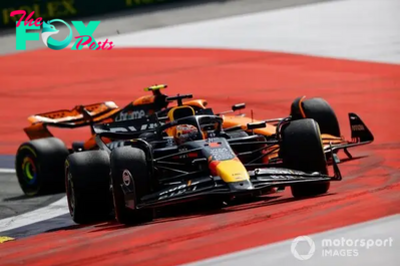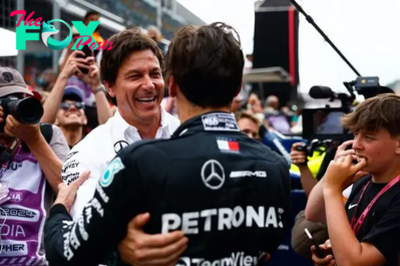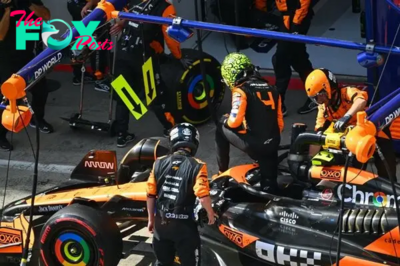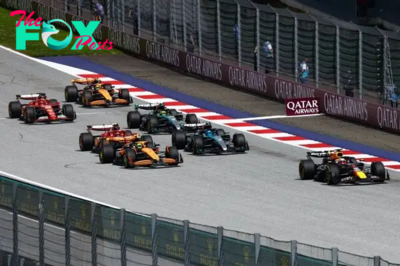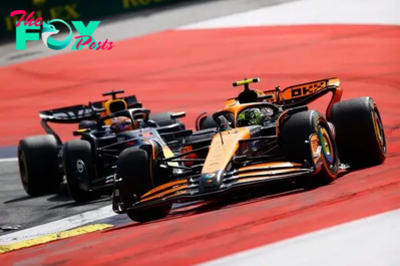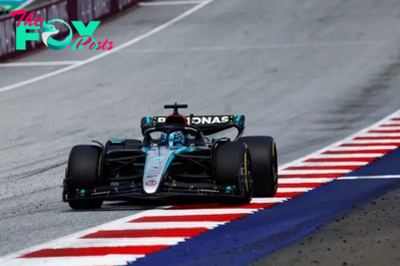F1 News
The cultural shift behind new-look Haas in F1 2024
Dissatisfied with the lack of progress, and at odds over the resources needed to move up the order, owner Gene Haas decided not to renew long standing team boss Guenther Steiner's contract last winter.
After finishing 10th with a car that fundamentally didn't work over race distances, Haas instead turned to the team's senior engineer Komatsu for a more engineering led approach, which had turned out well with Andrea Stella at McLaren.
But Haas is not McLaren. It doesn't boast the same level of facilities and its Business model is different too. In addition to its main headquarters in Banbury, it also operates a hub at Ferrari's Maranello campus - which supplies its power units and rear end, and is a customer of Italian single-seater powerhouse Dallara.
To make those different facilities and teams more efficient and performant, Komatsu embarked on a restructuring of the technical team, promoting Damien Brayshaw to the newly-created post of Head of Vehicle Performance, mirroring a role employed by most other teams.
Ferrari loanee Simone Resta left his role as technical director, being replaced from within by former chief designer Andrea De Zordo.
Those two internal promotions are helpful because of their instant availability without gardening leave periods, but it also suggests Komatsu had faith in key staff that were already at the team rather than feeling the need to poach big money employees from elsewhere.
"As I said, from day one, we've got really good people, it's just a matter of making them feel secure," Komatsu said at the Monaco Grand Prix.

Ayao Komatsu, Team Principal, Haas F1 Team, and teaMMAtes stand for the national anthem on the grid
Photo by: Mark Sutton
"It's okay [to make mistakes], and just be open, transparent. That's the most important thing.
"I was really happy that this morning we were discussing things as well and that meeting was very Healthy, even though some of the things are not necessarily what everyone wanted to hear.
"But there was nobody who was defensive. We're [working] to the best of our knowledge and saying: 'This is the truth, what are we doing about it? What's the plan of action?' So, that was a very positive.
"For instance, in the low-speed [corners] we didn't improve the car as much as we expected. It's good that we can pinpoint that."
It's clear that the Haas' internal revamp isn't without its teething issues. A communication error led to the team's Monaco-spec rear wings failing scrutineering after qualifying, because the DRS opening was larger at the outer edges than the regulations prescribe.
That was the result of the designers not telling the mechanics to set up the new wings differently, and the trackside team not being diligent enough in its own checks.
As painful as the incident was, it was also a helpful example for Komatsu to demonstrate that the team needs to be accountable and learn from its mistakes rather than be complacent.
"If the designers had made it absolutely clear that the design intention was slightly different from the wings you have been using before, so you have to check it in this way, that would have helped," he said.

Kevin Magnussen, Haas VF-24
Photo by: Zak Mauger / Motorsport Images
"But at the same time, even with other information, the trackside checks should have checked the whole legality surface.
"We just have to accept this as a failure of the team, and then learn from it, and make sure we don't make the same mistake again."
Speaking to various key figures at the outfit, improved communication between its different hubs and departments has actually been a key aspect of why the team seems to be more on top of its car projects, rather than chasing its tail through the entire 2023 season.
When asked by Motorsport.com about the communication improvements at the team, De Zordo replied: "I think it's one the main changes, in a positive way.
"Honestly, I'm quite enjoying now how we're working. Home with trackside, Maranello with Banbury, we speak a lot more. We do a lot more meetings together.
"We are a lot more open about discussing the issues. When we see something that doesn't work, we are a lot more objective in the problem and try to understand it, accept it and from that build something better."
Brayshaw, who now has a much more overarching role connecting the difference performance departments, admitted the team's new look still comes with its teething issues, but felt the improved flow of information across its campuses has already delivered tangible benefits.
"Obviously it's early days, and there's been a big change in all the technical structure," the New Zealander added.

Ayao Komatsu, Team Principal, Haas F1 Team, on the pit wall
Photo by: Mark Sutton
"We're still trying to come to grips with how that all works, everyone getting to know each other. But there's been a big focus on effectively communicating amongst other departments.
"That sounds small, but actually, it's a really big thing. And trying to build trust.
"I've had to come over to Italy more regularly than I used to, and just to be there and support that activity and be clear on what the limitations are."
A big help for Haas is that it created a much more solid platform to start from in the form of its VF-24, which the previous structure under Steiner deserves credit for.
Consistent race pace without destroying the tyres has allowed Haas to exploit the car's intrinsic pace much more, having been in the mix for points from the start of the year against the arguably faster RB.
The development battle in the midfield has nudged RB further ahead, with Komatsu demanding an aggressive upgrade path so its drivers Nico Hulkenberg and Kevin Magnussen have a fighting chance to keep up.
"Ayao was very keen to aggressively develop the car because we see everybody else is progressing," Brayshaw explained.
"We're very fortunate we're ahead of Sauber and Alpine, but there's no guarantee it's gonna stay like that, considering how tight it is.

Nico Hulkenberg, Haas VF-24
Photo by: Mark Sutton / Motorsport Images
"We've got a very efficient car and that's been a really positive step over the winter. The intention is try not to lose that, and then add load.
"We've had consistent balance limitations since the start of the year, the drivers have both been very clear what we need to work on there, so we're also trying to resolve those problems.
"There should hopefully be another reasonably big update somewhere in the next few races."
He concluded: "It's also about being accountable. If the car's not working, somebody has to be able to answer questions but equally demonstrate what we are trying to do to solve this problem. So, that's what I'm trying to do."
Additional reporting by Jonathan Noble
Watch: Canadian GP Race Preview - Who Will Master Montreal?
-
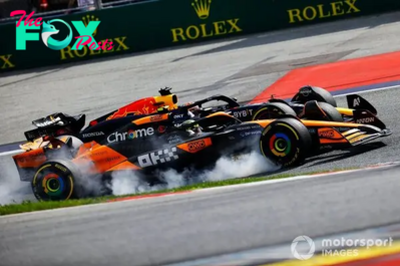
 F1 News3w ago
F1 News3w agoStella: Verstappen/Norris Austrian GP clash caused by unpunished 2021 F1 moves
-

 F1 News3w ago
F1 News3w agoVerstappen denies aggression, moving under braking in Norris Austria crash
-

 F1 News3w ago
F1 News3w agoF1 Austrian GP: Russell inherits victory as Verstappen and Norris collide
-
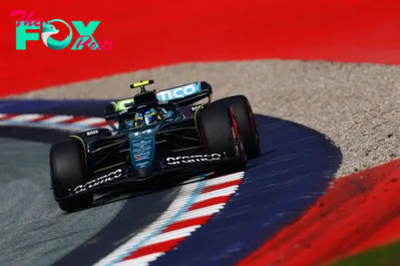
 F1 News3w ago
F1 News3w agoF1 drivers back Austria GP track limits experiment
-
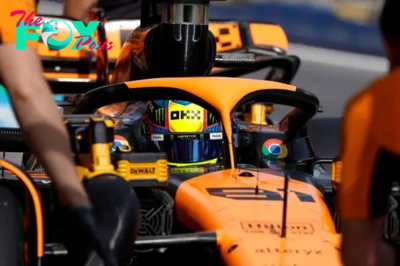
 F1 News3w ago
F1 News3w agoMcLaren's Piastri protest into F1 track limits rejected as “inadmissible”
-
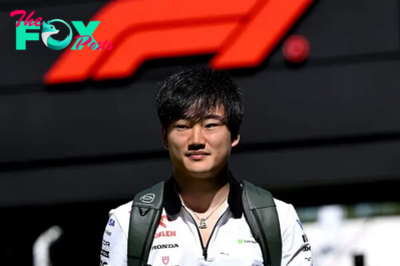
 F1 News3w ago
F1 News3w ago‘Horrified’ Tsunoda fined for using slur in F1 Austria qualifying
-
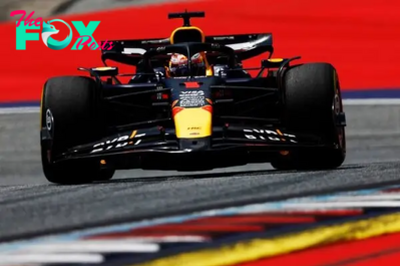
 F1 News3w ago
F1 News3w agoF1 Austrian GP qualifying results: Max Verstappen takes pole
-

 F1 News3w ago
F1 News3w agoVerstappen escapes punishment for Austrian GP outlap slow driving



